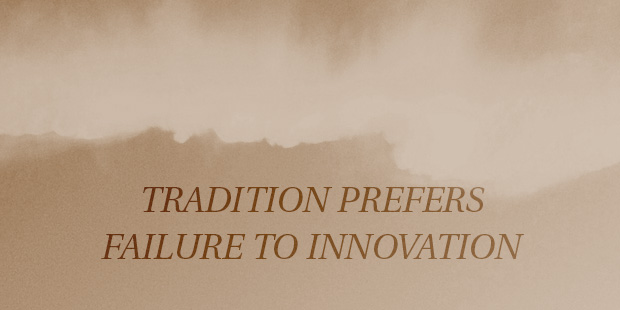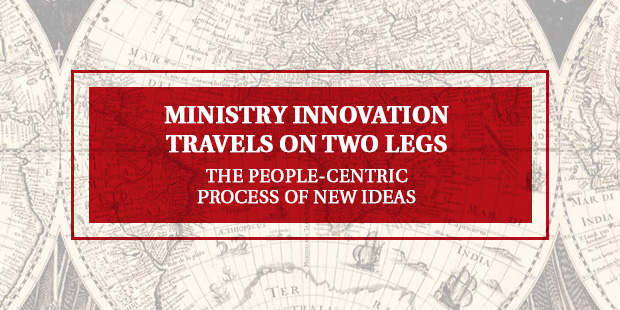
Jesus and His Kingdom is the Better Story Our World Needs Today
Evangelism might be the most discussed, most intimidating, and least discussed practice in the American church. As our church just finished our sermon series through the Sermon on the Mount, I’ve been amazed by how Jesus evangelized through his message and his life.
It can be easy to view the Sermon on the Mount as directed simply to believers, but Jesus’s view was beyond the disciples sitting with him; it involved the non-believing, curious, and even the antagonistic crowd around him. He doesn’t supply a complete explanation of any of the topics he addresses. He spends two verses dealing with divorce, makes simple statements about how we should use our money, and provides a small insight on anger and lust being rooted in the heart.
In all of the issues Jesus addresses, he is presenting a better story, a better narrative to follow than the world offers. It truly is picture-perfect evangelism, declaring through “you have heard it said, but I say” statements that contrast the cultural narrative lived around us and the kingdom life he brings. This must guide us as we process how we have been evangelizing, and how we can move forward evangelizing and proclaiming the gospel of the kingdom of God through Jesus Christ.
THE GOOD NEWS
We must ask whether we truly believe that the gospel is good news in our lives, and if it is the prevailing narrative that we live for. If it’s not a better story, bringing greater peace, joy, and hope in the midst of whatever circumstances come, then how can we invite people to believe it as better for them?
When we follow Jesus and the life he offers, evangelism flows from a natural expression of the change we are continually experiencing.
For example, when I go see a basketball game with one of my son’s classmates’ dad, and we begin to talk about our kids, I am confronted by whether the gospel has been guiding my parenting. If it has been guiding my parenting, I can acknowledge with him my failures in disciplining without patience and love at every moment, but also explain how the gospel guides me in interacting with my son. I get to explain that I can affirm my love for my son rooted in him being my son, not in his performance.
I can also describe how my desire in correction is that my son would know the delight and joy in obedience rather than the destructive nature of sin as my he trusts Jesus and his parents. This presents a better story than our culture’s typical annoyance by kids’ rambunctiousness, disobedience, and anger in timeouts or discipline, and points to the responsibility of the parent to lovingly correct and teach a better way of life by correction and modeling. It also demonstrates and aims to highlight that this can only be done well through gospel motivation and empowerment by faith.
THE GOSPEL IS THE BETTER STORY
Jesus’s words in the Sermon on the Mount sound impossible to follow at times, but thankfully he fulfilled all of the demands and challenges that he presented for us through his flawless life. His fulfillment is now imparted to us by faith in his death and resurrection through the Holy Spirit to empower us to live the better story so that it becomes a better and ever-increasing reality.
Jesus speaks to so many areas of our life, and provides a better way forward than the one typically based on life experiences, preferences, and at times, heritage. If we never stop and consider how Jesus calls us to live differently from the desires of our heart, to the private and public expression of our faith, we will not be able to share how the gospel transforms our approach to relationships, career, and even the religious devotion we are hoping our friends and family embrace. The call is to faith rather than religion, and only the gospel produces that in us.
THE BETTER STORY DEMONSTRATED
Jesus proclaimed the Sermon on the Mount, dropped the microphone, walked off, and lived it out. When we invite our neighbors to see the better story played out in the community of faith through parties, meals, and service to the neighborhood, our words have more power based upon the life that is formed through them.
This is where evangelism becomes easier and normal. You are already doing and being a part of environments in your faith community where evangelism can happen, but you’ve forgot to provide the invitation to those who don’t know the better story yet. Jesus invited the crowds to follow him as he lived what he taught, and in doing so, informs us that we get to evangelize by presenting a better story through everyday life.
My hope is that the church embraces Jesus’s words as the greatest story ever lived. I pray that we enjoy it, and through loving it, we live it out as a powerful proclamation to our friends, co-workers, and family.
EXAMPLES OF TELLING THE BETTER STORY
I thought I would provide a few real life questions and scenarios to help.
- I met a pro-choice advocate asking if I supported women’s rights for abortion. They asked, “Are you against abortion?” Obviously, this is a potentially heated debate with a lot of emotions. I chose to answer like this: ”I believe there can be a better way. What if there was a community that would adopt, care for, and raise that child and the mother/father could be a part of their lives? This is God’s desire for the people of God, to assist families and care for any and every vulnerable child.”
- After finding out I’m a pastor, I’ve been told multiple times, “So you believe I’m going to Hell.” Always a great conversation starter. One way to present the better story would be to say, “I believe you don’t have to go there. Christ took all the punishment that you or I deserve by dying on the cross. He provides a way for us to know him in relationship, to know true joy, and to experience Heaven now and to love him forever.”
- An even more common occurrence that I’ve seen in my life and our community is that social events are for everyone, not just Christians. Show the joy of Christian community by inviting them to the party and demonstrating the same relationships, conversations, and care for others that you do in fellowship with Christians.
Jesus and his kingdom is the better story and better reality for our day. It’s yours by faith and offered to anyone who will receive it.

Tags: Evangelism, Logan Gentry, Story


























